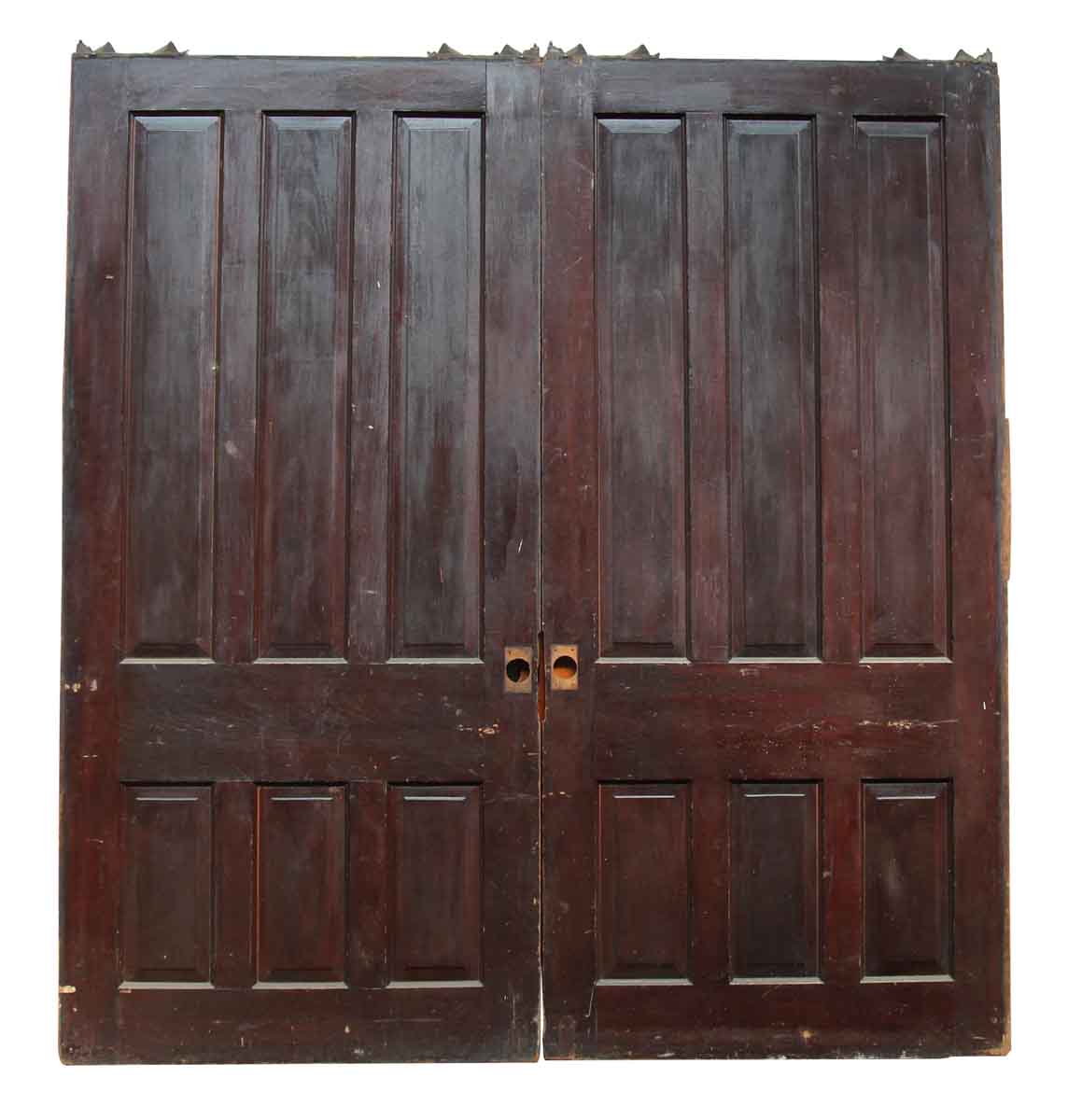

#POCKET DOORS MANUAL#
This manual maneuver can be difficult for some people. To close the door, you insert a single finger into a small retractable latch located on the door’s exposed edge, and pull the door closed. Pocket door hardware is fairly small since it, too, must be able to clear the framing in the wall.This allows them to create boundaries between rooms without installing a threshold or floor track that breaks up the flow from one room to the next. Pocket doors hang from a track that is mounted to the ceiling, and do not require a floor track.What’s more, there cannot be any interior obstacles-no light switches, electrical outlets, or plumbing-on that stretch of wall. Because a pocket door slides into the wall, you need to have enough clearance in the wall framing for the door(s) to accommodate the door when it’s pushed into the wall pocket.Pocket doors save valuable floor space by eliminating the room you need for traditional doors to swing open.Keep these advantages and disadvantages in mind if you’re thinking about installing this type of door: Advantages of Pocket Doors These doors do have their drawbacks, however, and are not the right solutions for every space.

Pocket doors are seeing a bit of a resurgence, particularly in smaller living quarters such as condominiums and townhouses where a single square foot can’t be wasted. Though not as popular as standard swinging doors, today pocket doors are an excellent way to add privacy and elegance to a space without the clearance required for a traditional door. Pocket doors were very popular in the Victorian era as people searched for stylish space-saving ways to add doors to libraries, dining rooms, and living rooms. This design eliminates the need for the clearance that standard hinged doors require to operate. When it’s fully open, the pocket door completely disappears. Instead, a pocket door slides, via rollers on an overhead track, into a “pocket” in the wall on either side of it. A pocket door differs from a standard hinged door that opens by swinging back and forth.
#POCKET DOORS INSTALL#
They have however fallen out of favor for plug doors and external sliding in some regions, most notably Europe, China and to a lesser extend Oceania, but are still common in the Americas, South Korea, and Japan.When considering whether to install a pocket door versus a regular door, it’s important to understand the differences between the two. Pocket doors are rare on trams due to the amount of space they take up relative to the vehicles size, and on high-speed trains due to the lowered aerodynamics, but historically were the de facto standard for metros and commuter trains due to their simple design and ability to open quickly. Fixing the problem might require removing the door and trim and opening up the wall. One downside to pocket doors is hidden parts and hardware, which can make them difficult to replace or repair when something goes wrong. This version is recommended for homes with disabled residents due to greater ease of opening. Ī wall-hung variation is a sliding door, sometimes marketed as an "open pocket door" this may be used where in-wall installation is impractical. Modern residential uses include bathrooms, closets, laundry or utility rooms, or home offices. With improvement in the hardware and the growth of the market for condominiums and town homes, there has been a resurgence of interest in this space-saving feature. The doors were particularly common in Victorian homes to close off such areas as sitting rooms or dens however, as architectural tastes changed, many of the hardware manufacturers went out of business.
#POCKET DOORS FREE#
Installing a pocket door rather than a hinged door can free up an average of ten square feet (0.93 m 2) of floor space, according to building expert Tim Carter, who considers the pocket door "one of the top ten most overlooked items when many architects and builders plan a home".


 0 kommentar(er)
0 kommentar(er)
